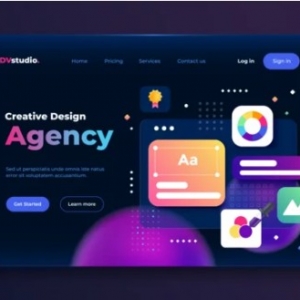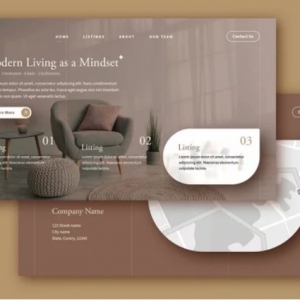In my 12 years as a web designer, I've seen numerous trends come and go. Progressive Web Apps (PWAs), however, are not just another trend—they're a transformative force in web development. If you're contemplating a traditional website, a native app, or a PWA, let's dive into when PWAs might be the ideal solution for you.
The PWA Advantage
Remember when every client wanted a native mobile app? As a web designer, those conversations often filled me with apprehension. Clients would ask, "Why can't we just create an app?" without understanding the complexity and costs involved. PWAs offer a solution—they're websites that function like mobile apps, providing the best of both worlds.
PWAs deliver features like offline access, push notifications, and home screen installation, all while maintaining the accessibility and reach of a traditional website. The best part? They typically cost significantly less than developing separate native apps for iOS and Android.
When PWAs Are the Right Fit
Budget-Conscious with Ambitious Goals Not every business has $50,000+ to spend on native app development. As a web designer, I've seen many small businesses succeed with PWAs at a fraction of the cost. One client, a local restaurant, revamped their online ordering system with a PWA for about 20% of what they were quoted for native app development.
Fast Time to Market Imagine this: Your marketing team insists on a mobile presence immediately. With a PWA, development time is reduced from months to weeks. Plus, you avoid the cumbersome app store approval process—a relief for many clients I've worked with.
Mobile-First, App-Reluctant Users Here's a scenario I frequently encounter: Users want the convenience of a mobile app but hesitate to use phone storage to download one. PWAs solve this by offering app-like experiences without the commitment. One of my e-commerce clients saw a 40% increase in mobile engagement after switching to a PWA.
When to Reconsider
Despite my enthusiasm for PWAs (and as a web designer, I truly am a fan), they aren't always the right choice. Consider these factors:
- Your app requires deep hardware integration.
- You're developing a graphics-intensive game.
- Your target audience primarily uses iOS (Apple's PWA support is still evolving).
The Implementation Journey
Let me share a story. Last year, I worked with a client determined to build native apps for their content platform. After evaluating the costs, they realized maintaining three separate codebases (website, iOS, and Android) was impractical. We opted for a PWA, launching faster and saving nearly $100,000 in development costs.
Making the Decision
As a web designer who's implemented numerous PWAs, here's my practical advice for deciding if a PWA is right for you:
- Calculate your potential mobile user base.
- Assess your feature needs.
- Consider your available development resources.
- Evaluate your long-term maintenance capacity.
Conclusion
PWAs aren't just another tech buzzword—they're a practical solution for businesses seeking app-like experiences without the traditional app challenges. From my experience as a website designer, they often strike the perfect balance between functionality and feasibility.
Ready to explore whether a PWA suits your project? Start by listing your essential features and comparing them against PWA capabilities. I'd love to hear about your experiences with PWAs or any questions you might have—feel free to share them in the comments below!










